Machine embroidery terms every embroidery geek should know
This site contains affiliate links to products. We may receive a commission for purchases made through these links.
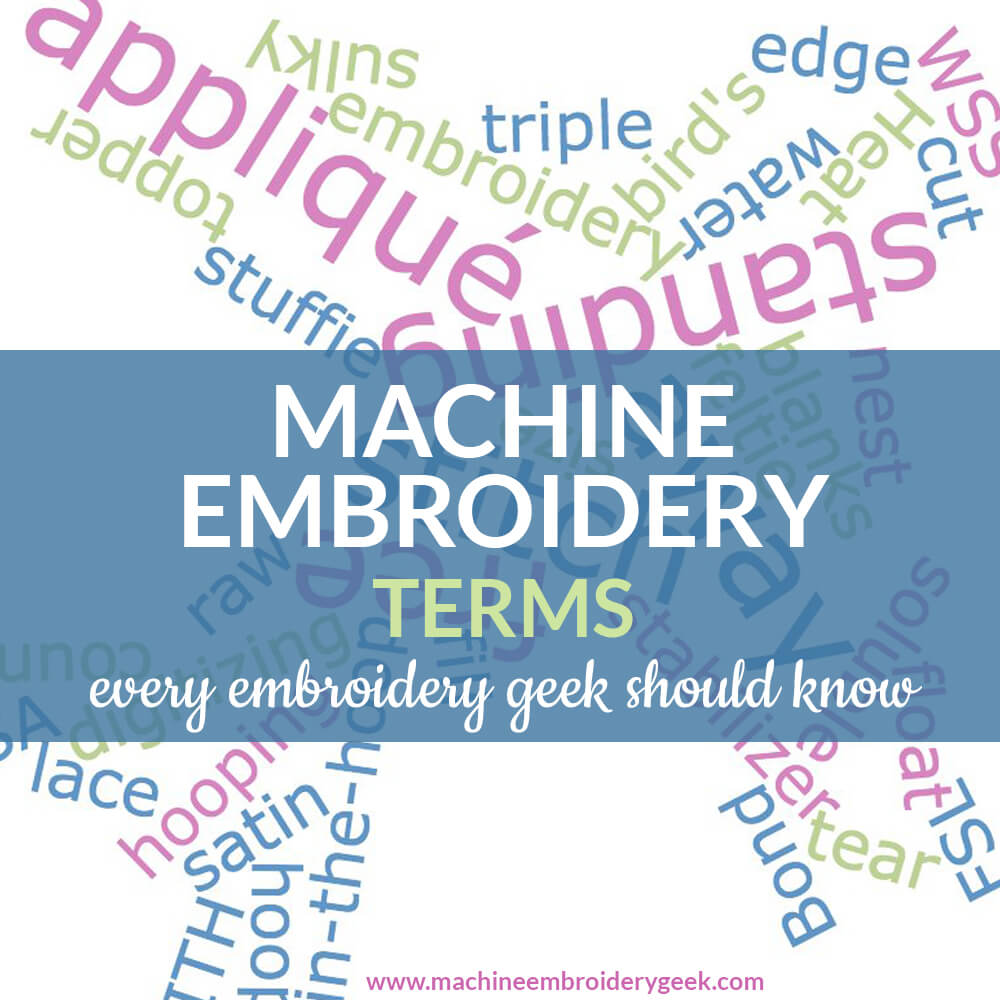
Machine embroidery terms and acronyms can be a little confusing, especially if you are new to the craft. Just scanning through forums and Facebook groups dedicated to machine embroidery, you may think that members are speaking another language.
So, as your friendly neighborhood embroidery term translator, I thought I’d break it all down for you. Here are 20 of the most common embroidery terms (in alphabetical order) that alluded me (and many others) when we were getting started with machine embroidery. I’ll do my best to try to explain.
appliqué
An appliqué is a piece of fabric sewn on another fabric. Appliqué has been around long before machine embroidery, but embroidery machines have made it easier, faster and more accurate. Don’t get how an embroidery machine can stitch out an appliqué? Check out my post on how to appliqué.
Appliqués are typically done with a satin stitch finish, but you can also find many raw edge appliqués.
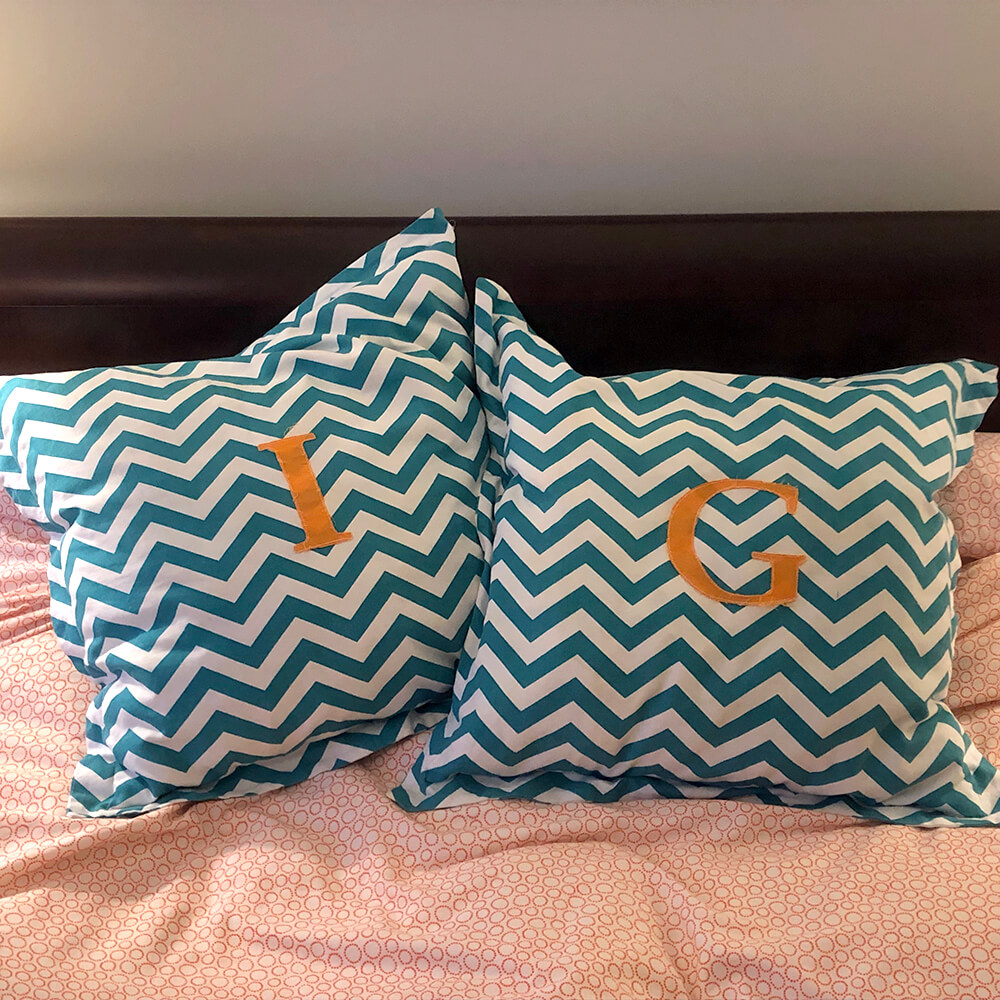
bird’s nest
A bird’s nest is a mess of tangled thread underneath your embroidery hoop or in your bobbin casing. It’s aptly named because it looks like a bird’s nest. While it sounds cute, when it comes to machine embroidery, a bird’s nest is not a good thing. It’s an indication that something is not right. Either your bobbin thread is in wrong, the machine is not threaded right or you ‘ve got a bobbin casing full of gunk.
blanks
A blank is an embroidery term used to describe garments and accessories that are suitable for embroidery and appliqué. There are companies that specialize in selling blanks specifically to embroidery businesses. However, there is no reason why you can’t buy blanks from traditional retailers like Target, Amazon, Old Navy, Walmart, etc…
cut away
Cut away is a type of stabilizer that is intended to be cut away. It is a permanent stabilizer, meaning that it will not dissolve in the wash.
Have you ever looked at the back side of a fleece that has a logo stitched on it? You may have noticed that there is an extra piece of material that the logo is sewn through. Cut away provides support for the embroidery and helps to prevent puckering. It comes in all different weights, heavier cut away typically being used on heavier fabrics.

digitizing
Digitizing is the process of creating an embroidery file. Typically digitizing is inspired by a drawn graphic. But, in order for an embroidery machine to stitch it out, it must be digitized.
There are many different digitizing programs that can be used to create files that can be understood by embroidery machines. It takes a bit of skill and practice to be able to digitize an embroidery design.
feltie
A feltie is an embroidery term for a stand alone object made of felt. Common felties are coasters, little dolls and Christmas ornaments. They are often flat but can be stuffed. In this case, they are referred to as “stuffies.”
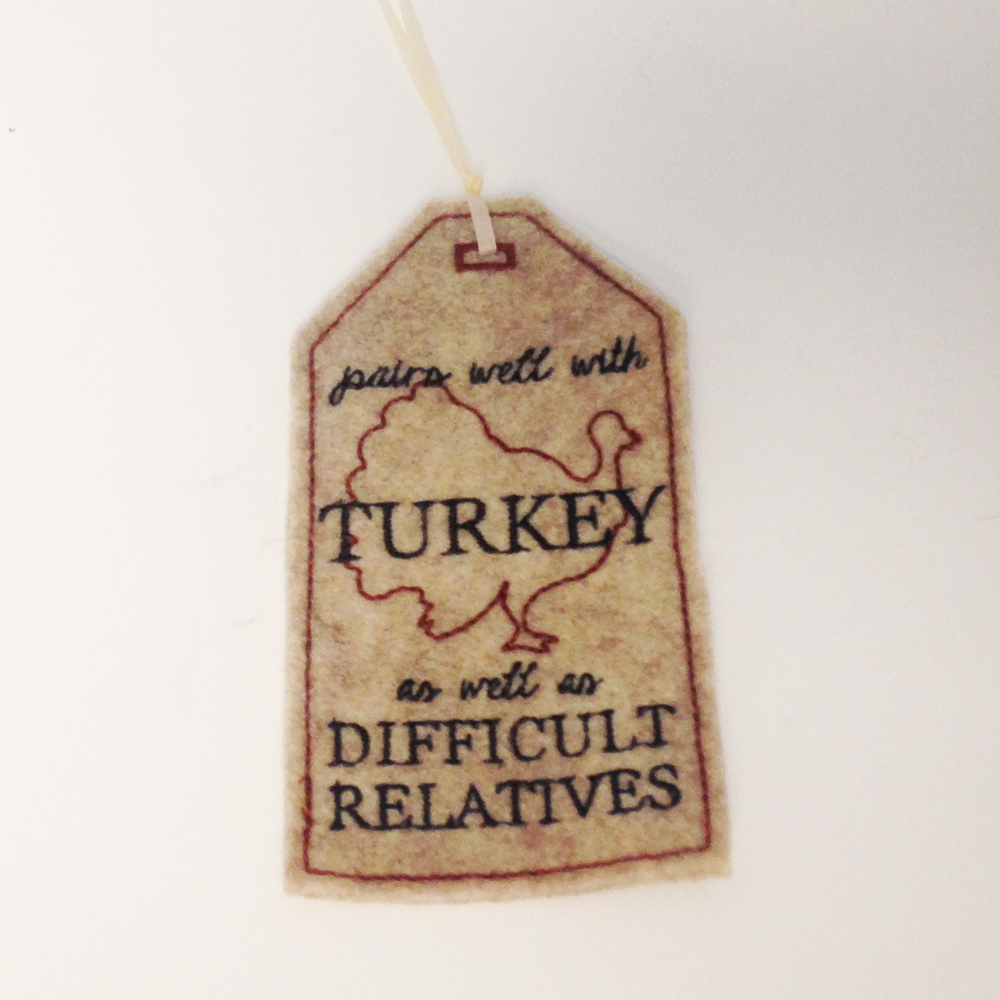
fill stitch
A fill stitch simply means that the design is comprised of stitching. It’s probably what you think of when you think of an embroidery design. There are many different types of fill stitches, all of which are dictated by the digitizer who creates the design.
A good digitizer will use a variety of fill stitches to differentiate objects in the design or to create texture.
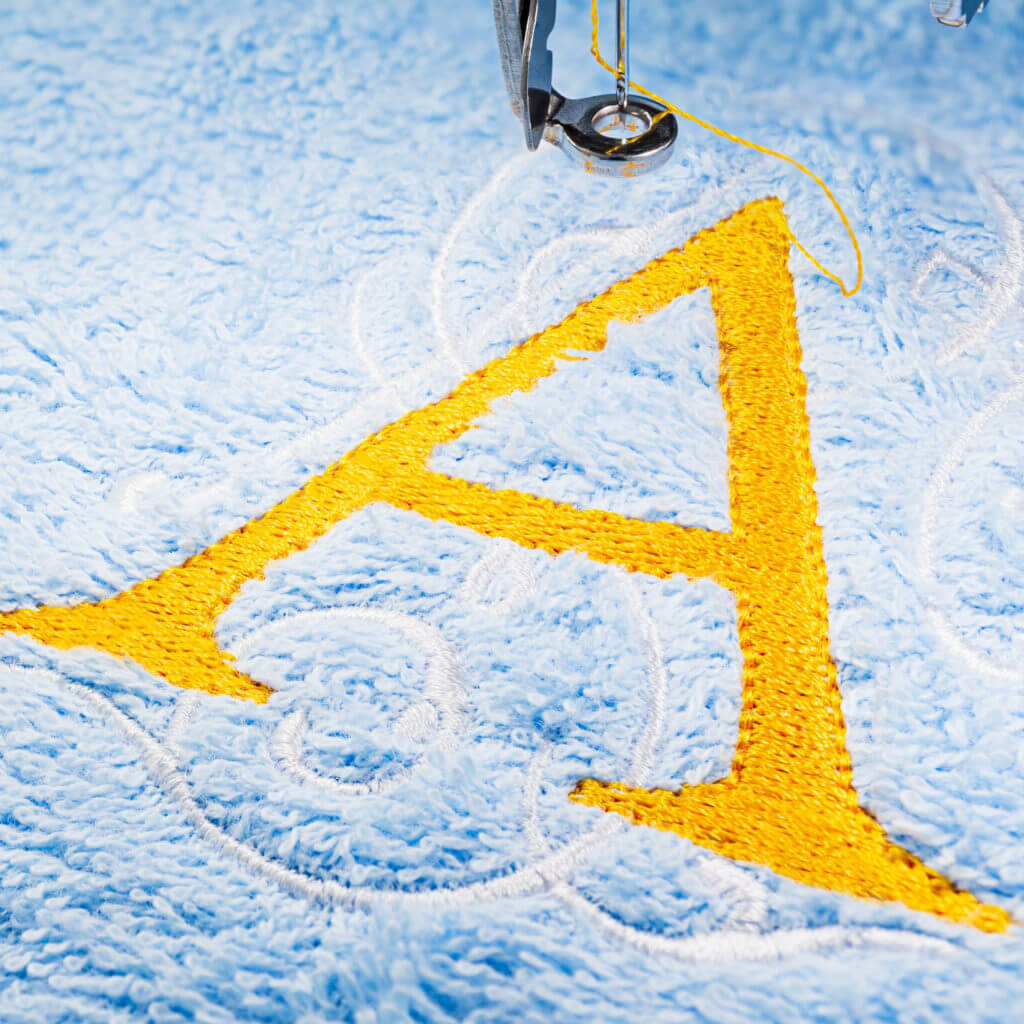
Fill stitches are the opposite of a satin stitch. When you are embroidering large letters, digitizers usually make them fill stitches because once the strokes of the letters get fairly wide, a satin stitch starts to pull which can lead to puckering.
float
Floating is the opposite of hooping a garment or a fabric. To float, you simply hoop the stabilizer, then stick the fabric or garment you are going to embroidery on top. To adhere the garment to the stabilizer, you can either use adhesive backed stabilizer or apply a temporary adhesive spray.
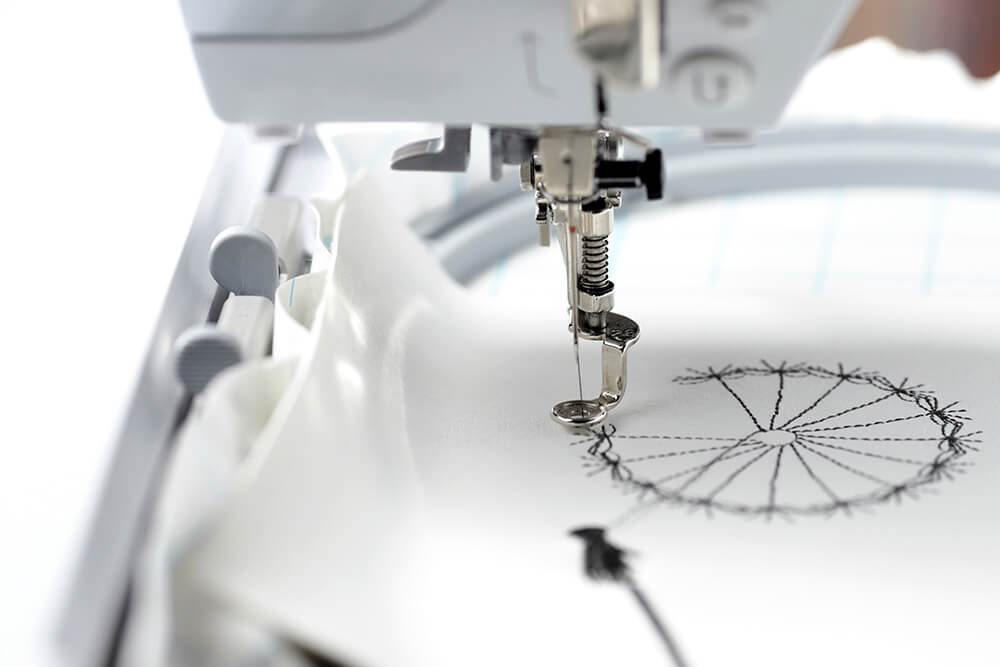
FSL (free standing lace) or FSA (free standing appliqué)
Free standing lace (FSL) and free standing appliqué (FSA) are techniques to create a unique lace-like “fabric” using your embroidery machine. It’s called free standing because you’re not actually embroidering on anything. The process creates it’s own thing.
FSA is like FSL except that pieces of fabric are incorporated into the “lace.” It’s not as common as FSL.
You can find tons of FSL designs on websites that sell machine embroidery designs. A common use of FSL and FSA is to create FSL Christmas ornaments, but it can also be used to make adornments for garments, just like typical lace.
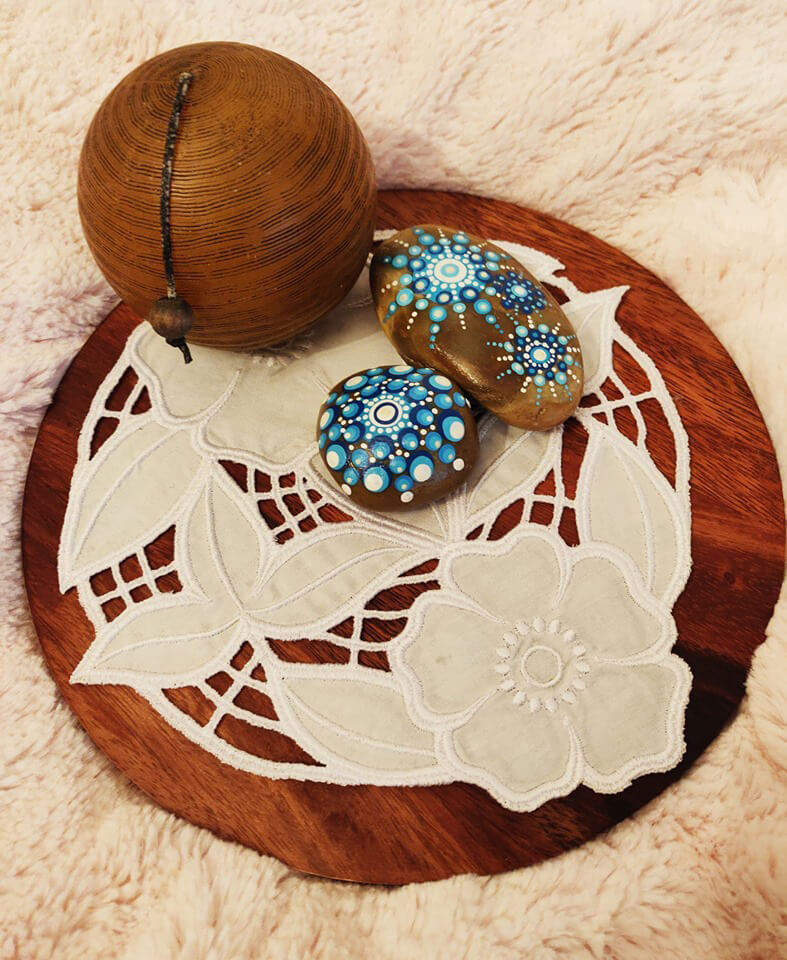
HeatnBond
HeatnBond is a wonder product! You iron it onto one fabric, peel away the backing, then iron that fabric onto another one and, voila! they are fused together!
HeatnBond was essential when doing free-motion appliqué because the appliqué fabric had to be stuck to the bottom fabric in order for it to stay in place while you maneuvered the fabric around as you stitched.
I, personally, still like to use HeatnBond when I appliqué as it helps to keep the appliqué fabric in place while the machine is stitching – even if I don’t fuse the appliqué fabric on the bottom fabric. It also keeps the appliqué fabric from unraveling.
In addition, I always use HeatnBond to make patches.
hoop size
The hoop size is area inside of your embroidery hoop. The least expensive home embroidery machines only come with a 4″ x 4″ hoop which limits the size of the design you can stitch out. In the case of a 4″ x 4″ hoop, the maximum size design you could stitch out is about 3.9″ x 3.9″.
hooping
Hooping an item means that you actually clamp the fabric or garment into the hoop. This is a secure method of keeping the fabric in place, however it is not always possible depending on what you embroider. For example, towels are super thick, so I find it nearly impossible to hoop them. Instead I float them.
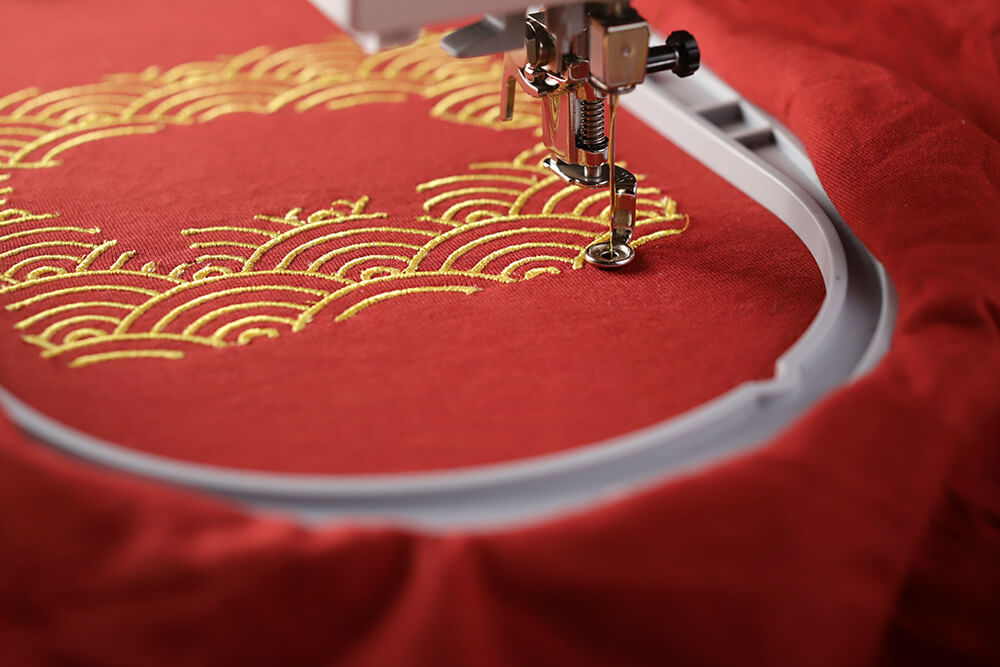
ITH or in-the-hoop
An in-the-hoop (ITH) item is one that can be made entirely in the hoop. They can be as simple as bookmarks and key chains to something as complicated as a cosmetic bag that stands up by itself. When you buy an in-the-hoop design, the seller provides instructions on how to execute the project.
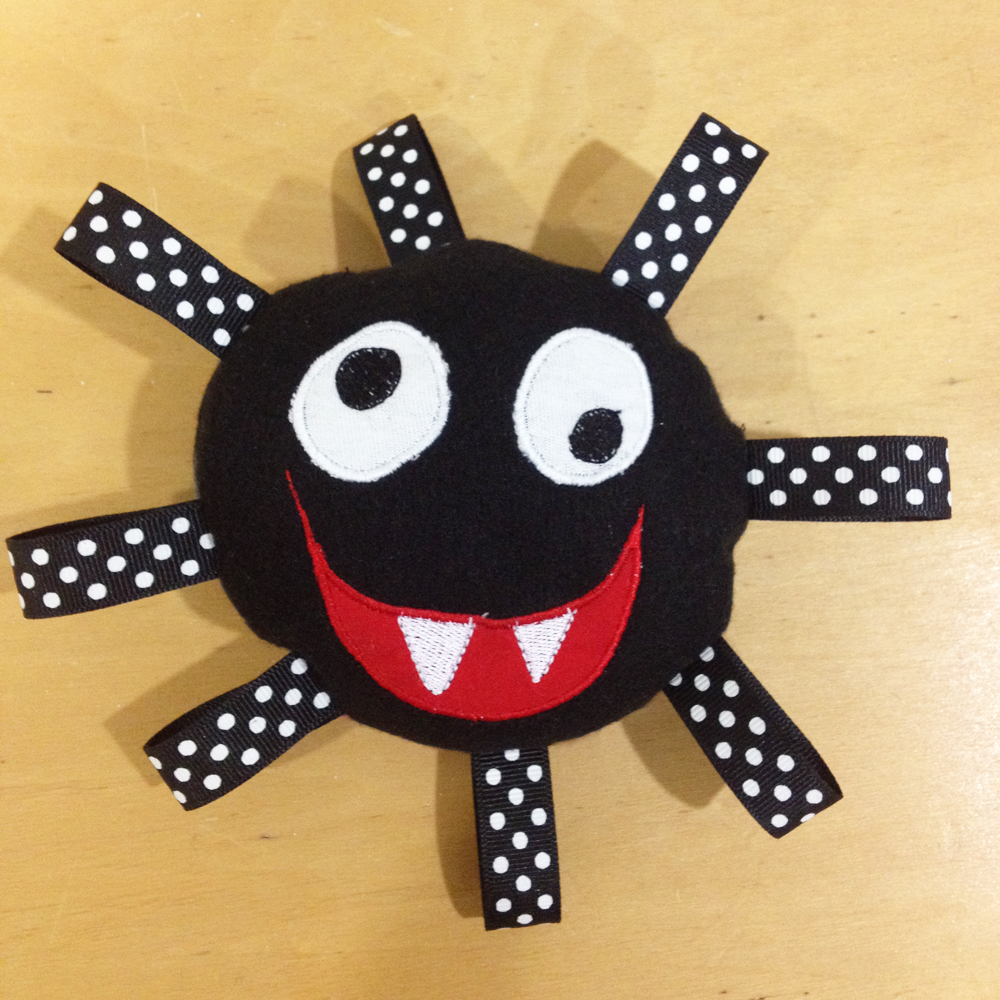
raw edge
A raw edge is a type of appliqué file where the raw edge of the fabric is exposed. It tends to have a more casual and rustic look than its satin stitched counterpart.
Typically, I stitch out raw edge designs using t-shirt or other knit material as my appliqué fabric. This way I can be assured that the fabric will not ravel.
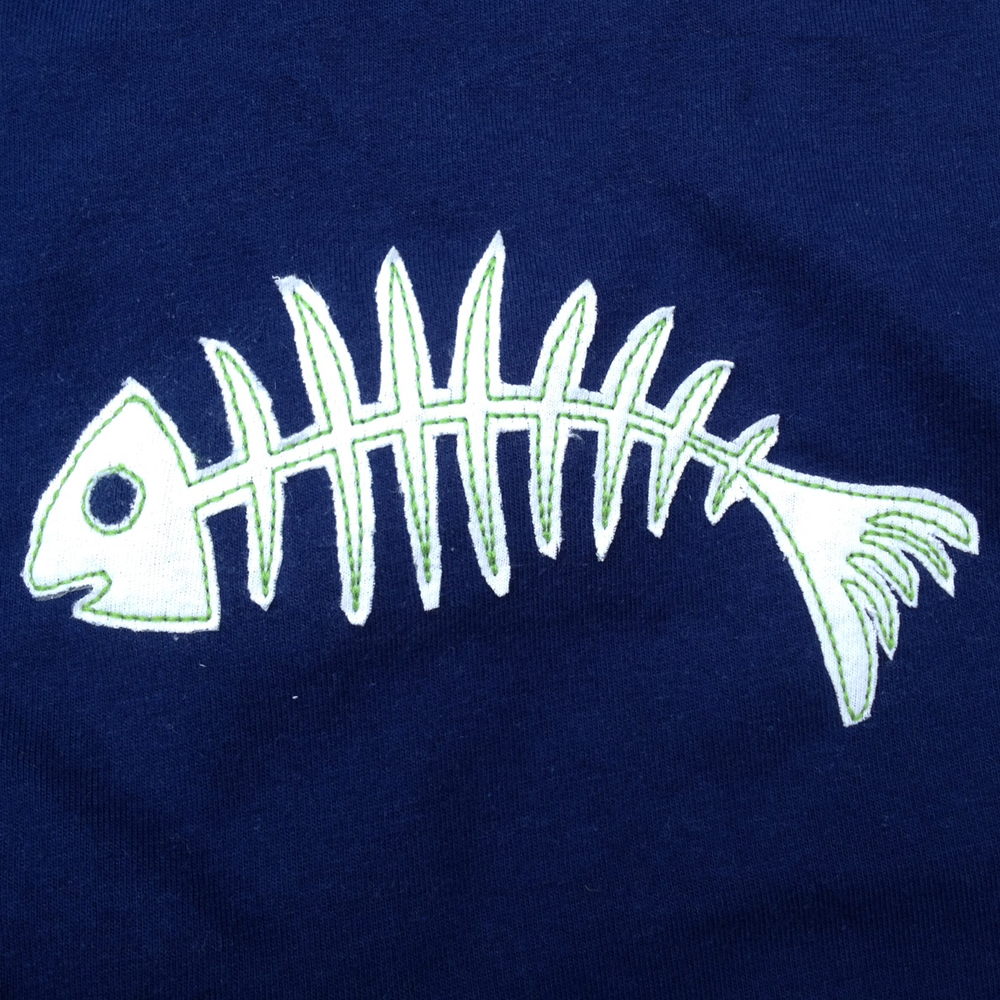
satin stitch
A satin stitch is one that has a single width and is often used as the outer edge of an appliqué. See previous definition of fill stitch to see the difference between a fill stitch and a satin stitch.
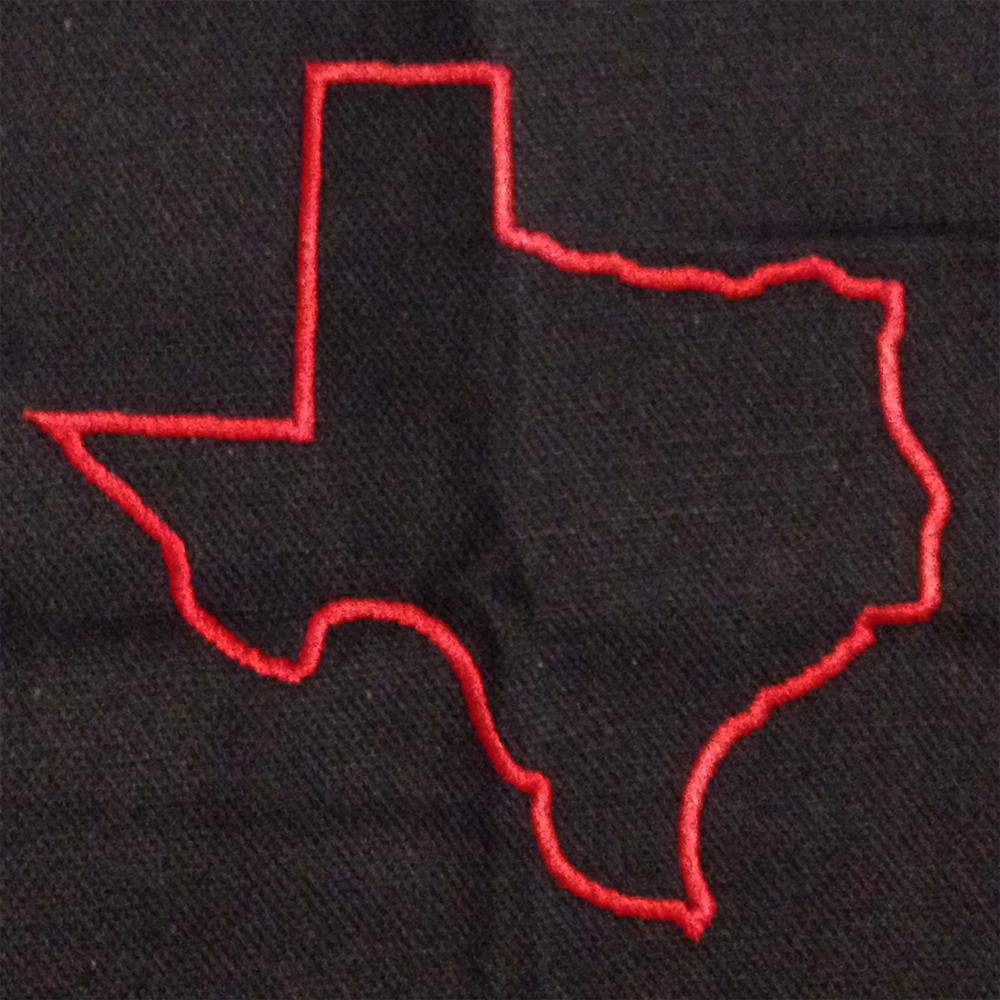
stitch count
Stitch count is the number of stitches in an embroidered design. The higher the stitch count, the longer the time it will take to embroider. Typically shops that sell embroidery designs will tell you the stitch count of the design. Also, stitch count can provide the basis for which professional embroiderers charge to stitch out a design. Higher stitch counts cost more to stitch out.
tear away
Tear away is a type of stabilizer designed to be torn away. It’s used when permanent stabilization (cut away) is not needed. One of the best guidelines to follow when trying to decide if you need cut away or tear away stabilizer is this: “if you wear it, don’t tear it.”
I typically use tear away stabilizer when I embroider on blankets and towels (and not cut away). Because I tend to float most of the things I embroider, I hoop a layer of tear away then add some cut away if its needed.
topper
A topper is an embroidery term for a transparent water soluble material that goes on top of a material that you embroider. A topper is essential when you embroider on towels or any other nappy fabric, because it prevents the fabric fibers from poking through the stitching.
Toppers are water soluble, so it completely dissolves in water. Some people actually dissolve their topper in water to create a paste that can be used to stiffen a fabric prior to embroidering.
triple stitch
Triple stitch is an embroidery term for a type of stitching that looks just like regular stitching except that the embroidery machine stitches over it three times. The result is that the stitching is bolder and more defined. When I digitize, I use a triple stitch setting for the outline of all my raw edge appliqué designs because it stands out nicely.
WSS or water soluble stabilizer
Water soluble stabilizer is stabilizer that dissolves in water. It is used to make a lot of in-the-hoop projects as well as free standing lace and free standing appliqué.
You simply hoop the WSS and start stitching on it, adding the elements on based on your design’s instructions. When you are done, you simply get it wet and the WSS disappears!
Well, so there you have it my stitching friends! 20 terms and 20 definitions. Now what did I miss? Hit me up with a comment and let me know!
Happy stitching!
Julie






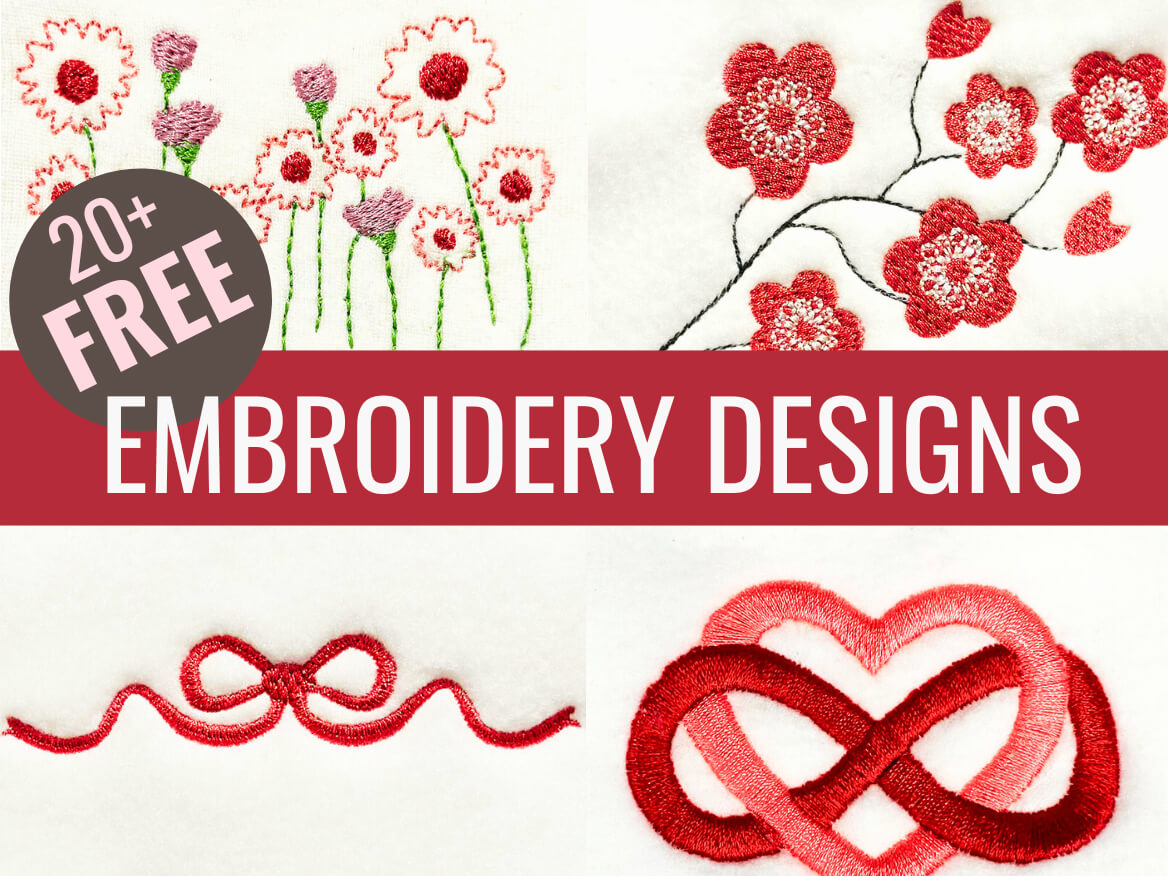
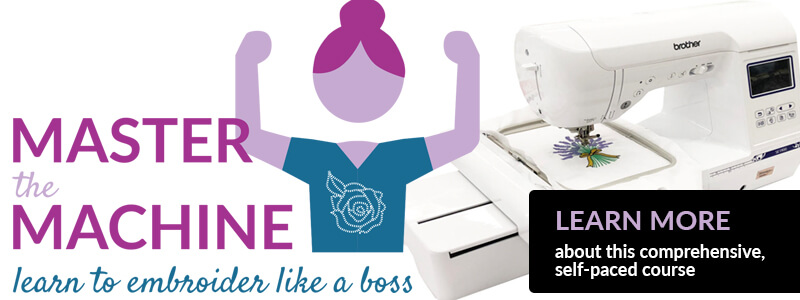
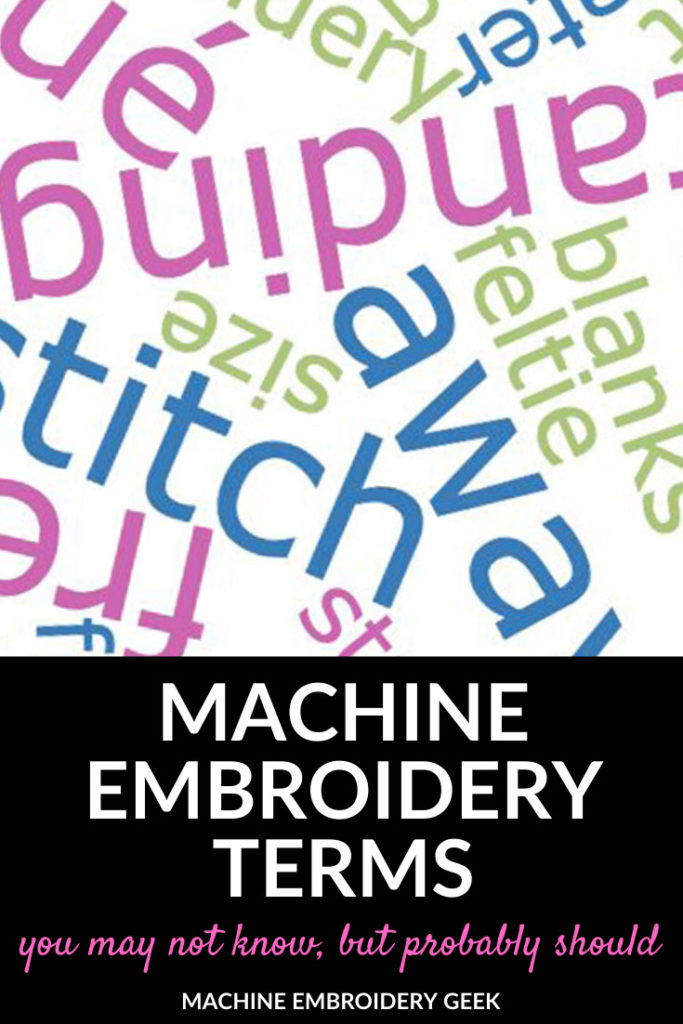
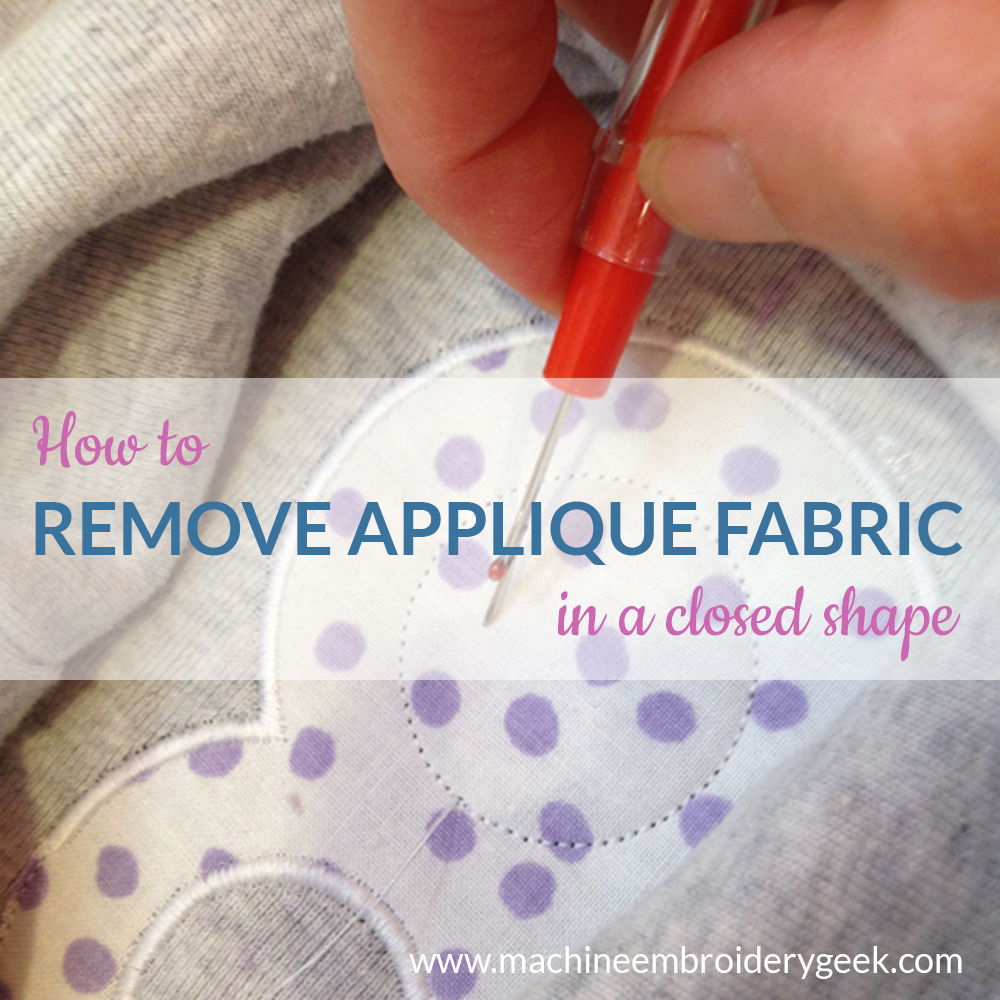
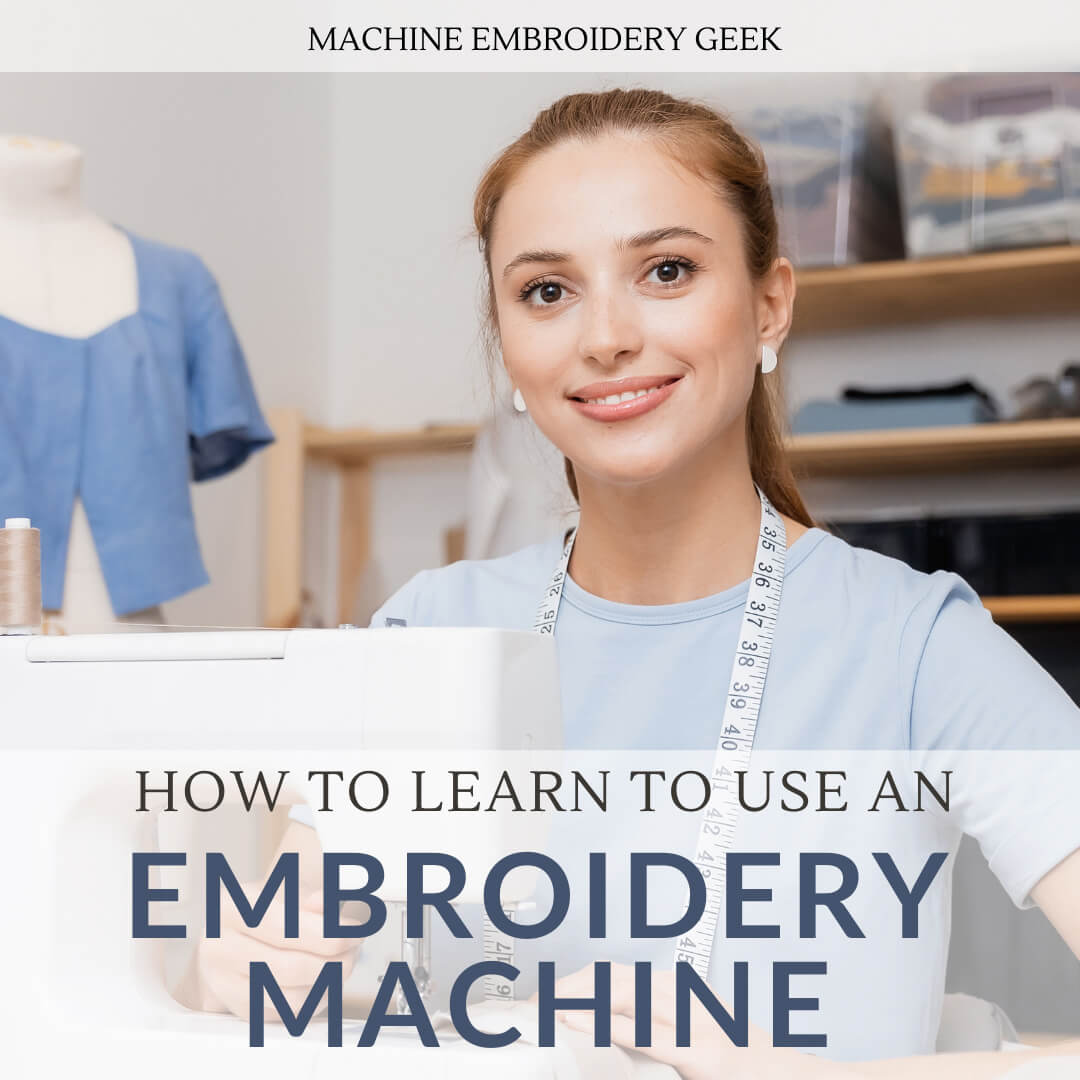
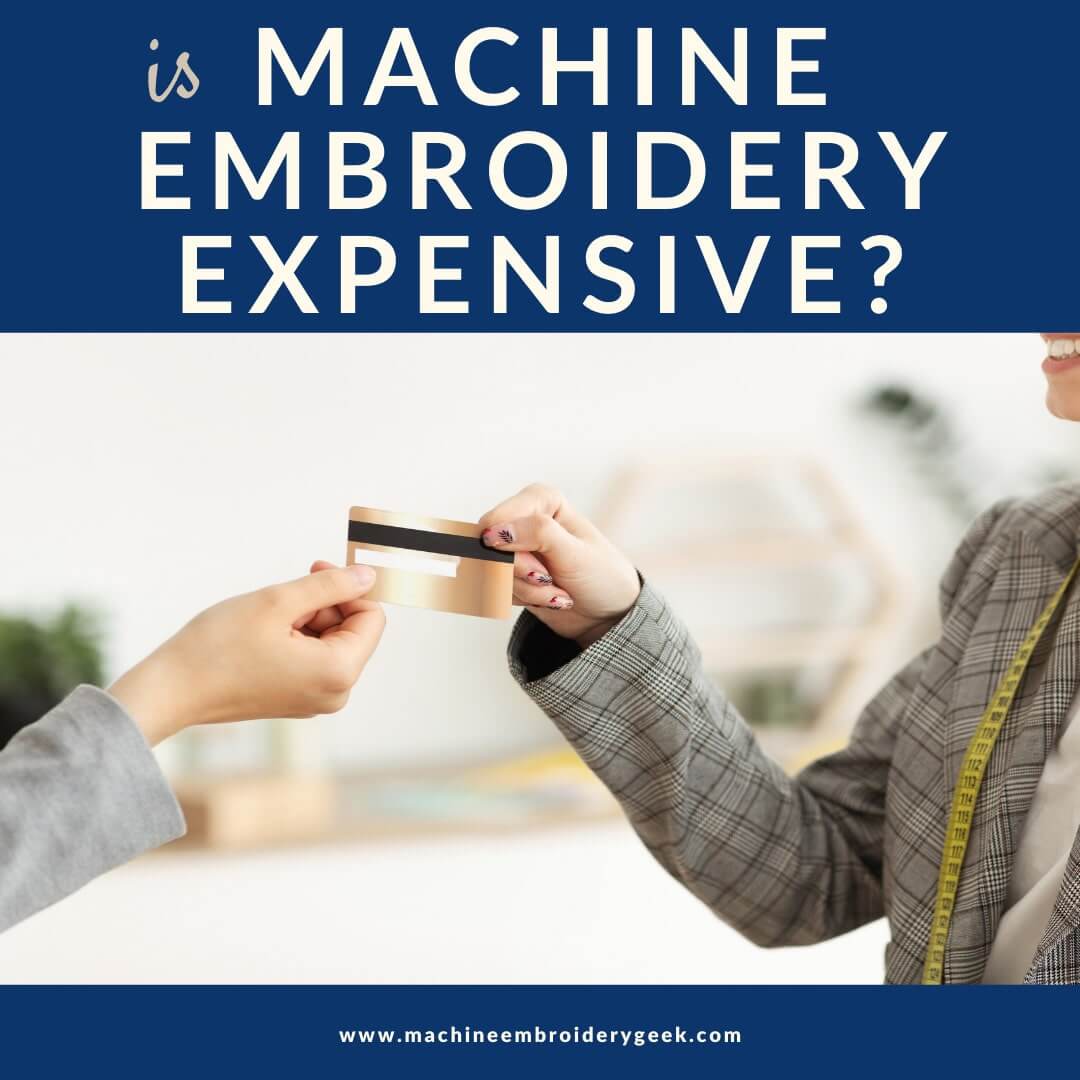
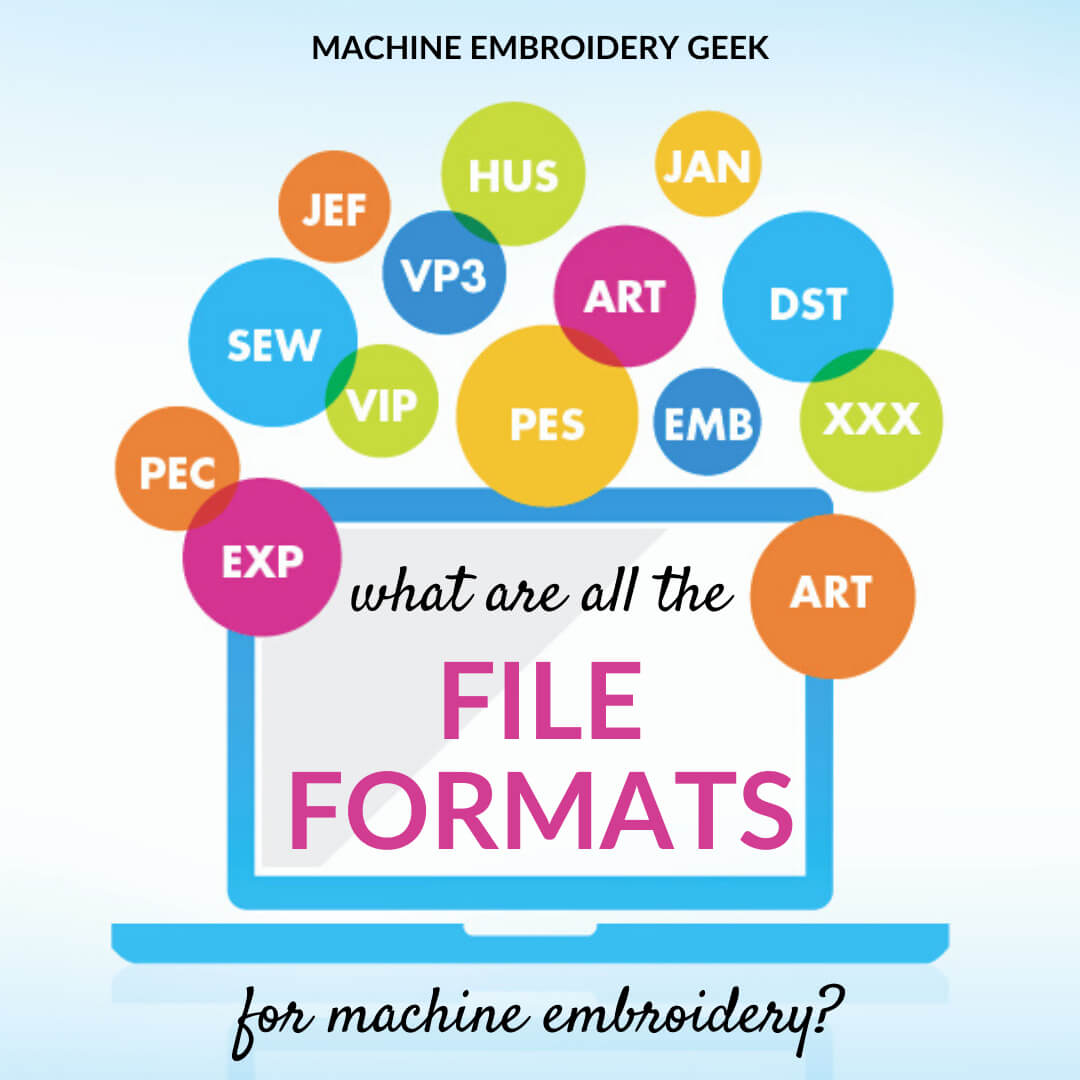
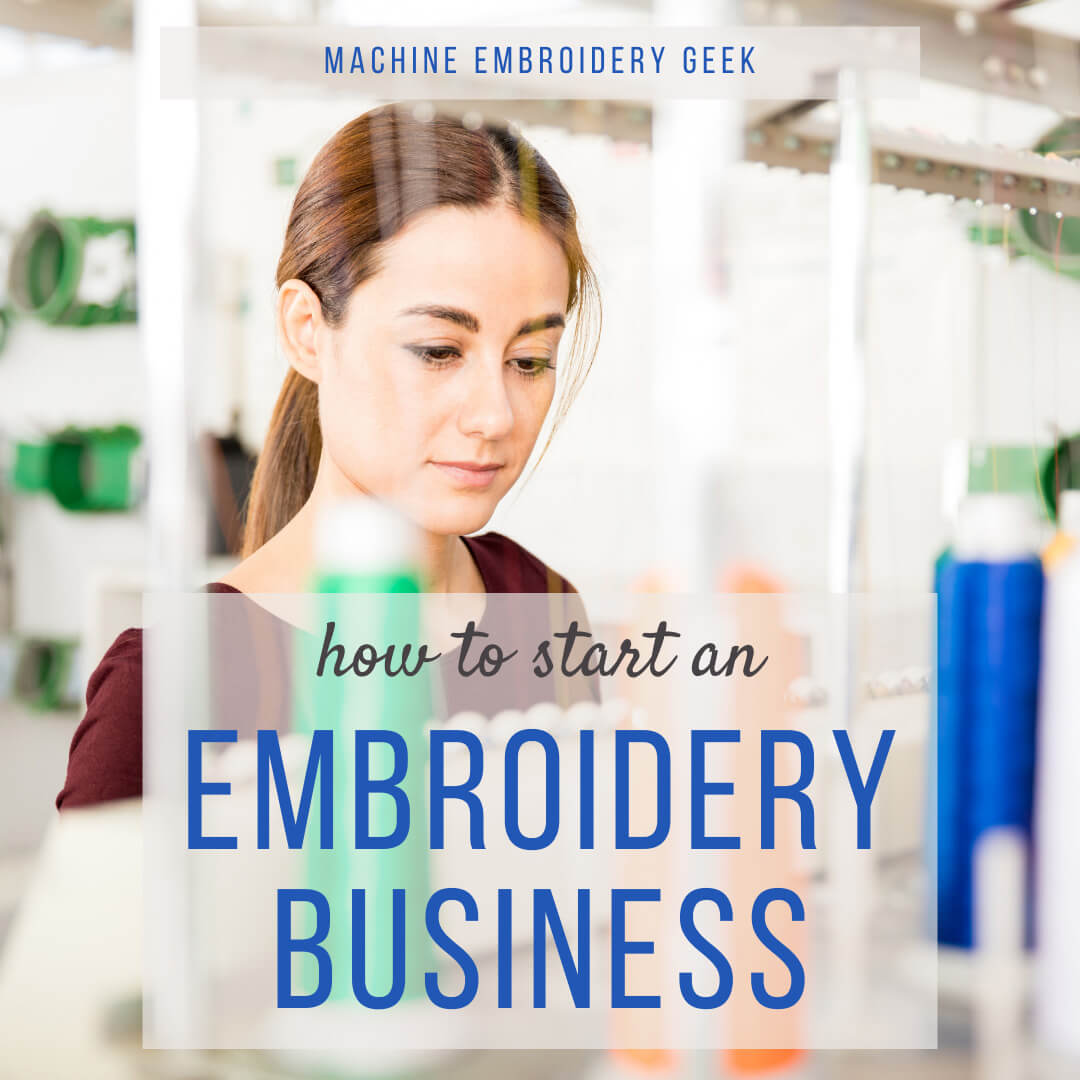

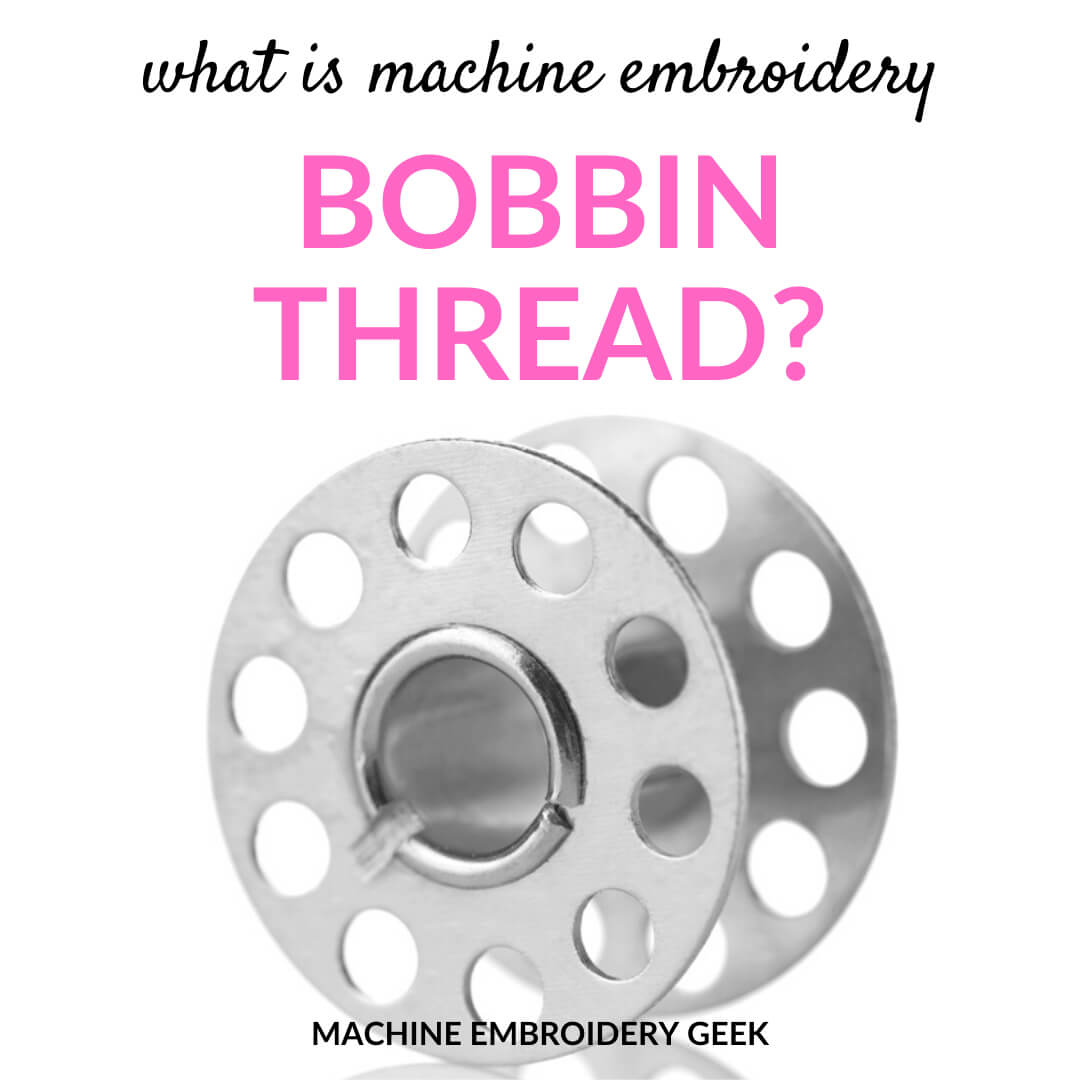
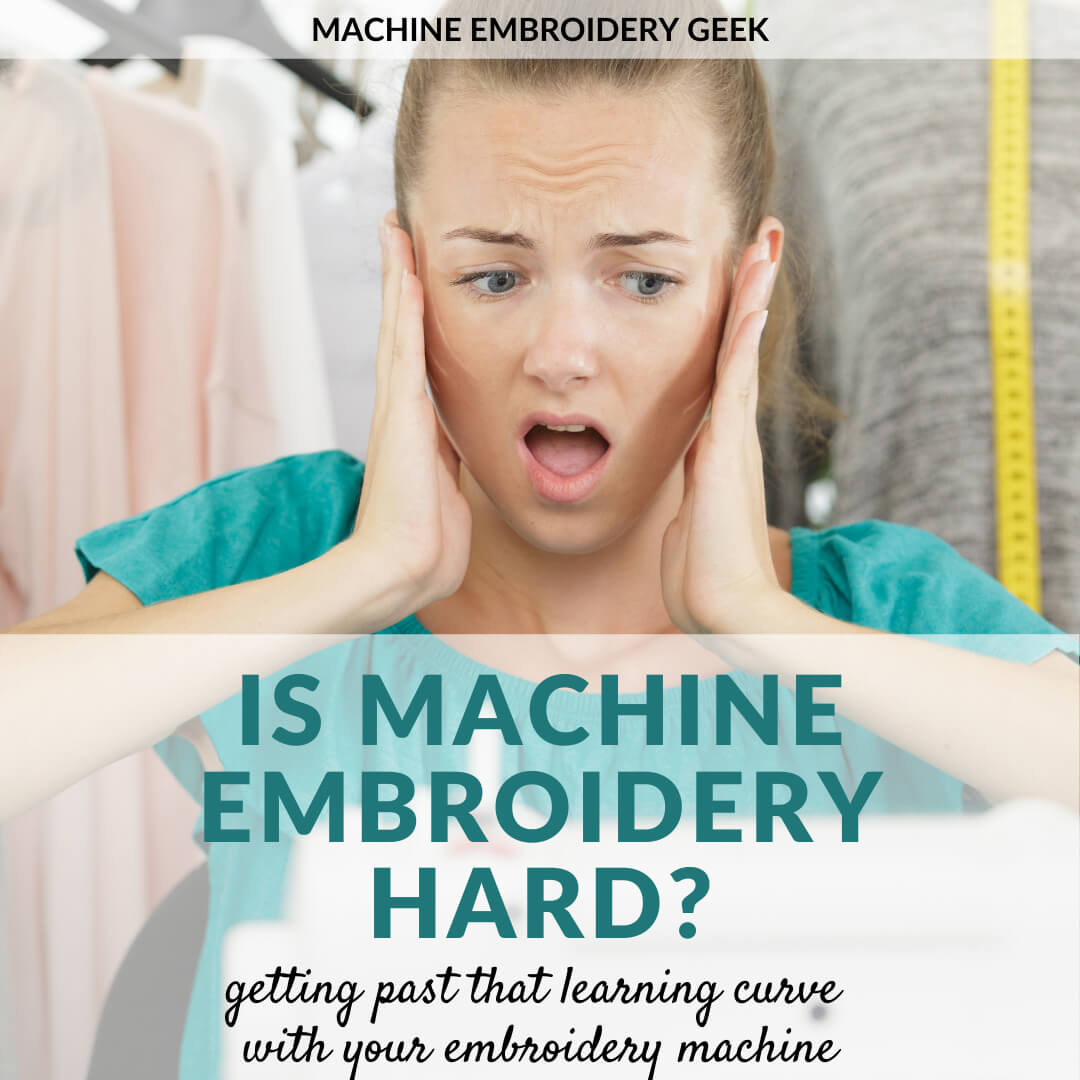
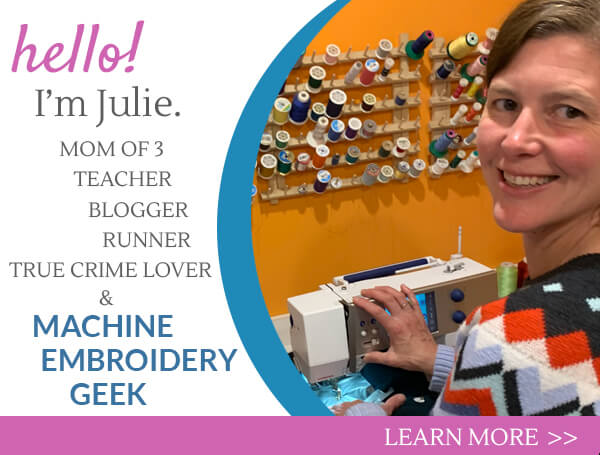
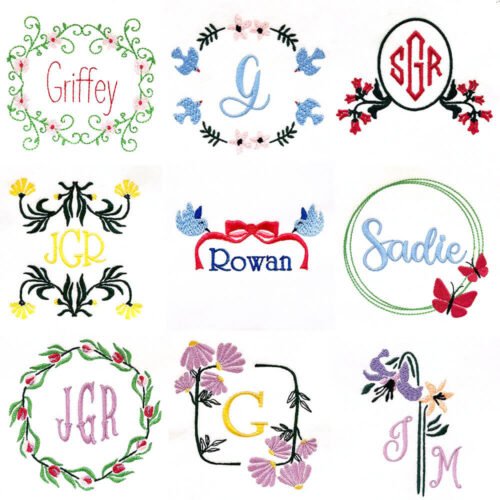
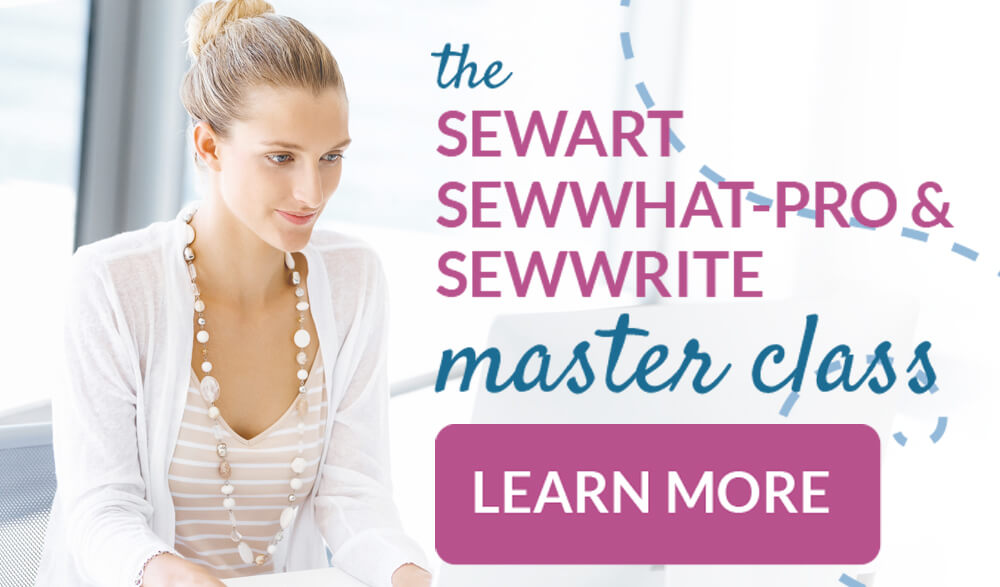
Sulky is a brand. Sulky makes rayon embroidery thread and several kinds of stabilizers. That definition can confuse new people. Otherwise, good job!